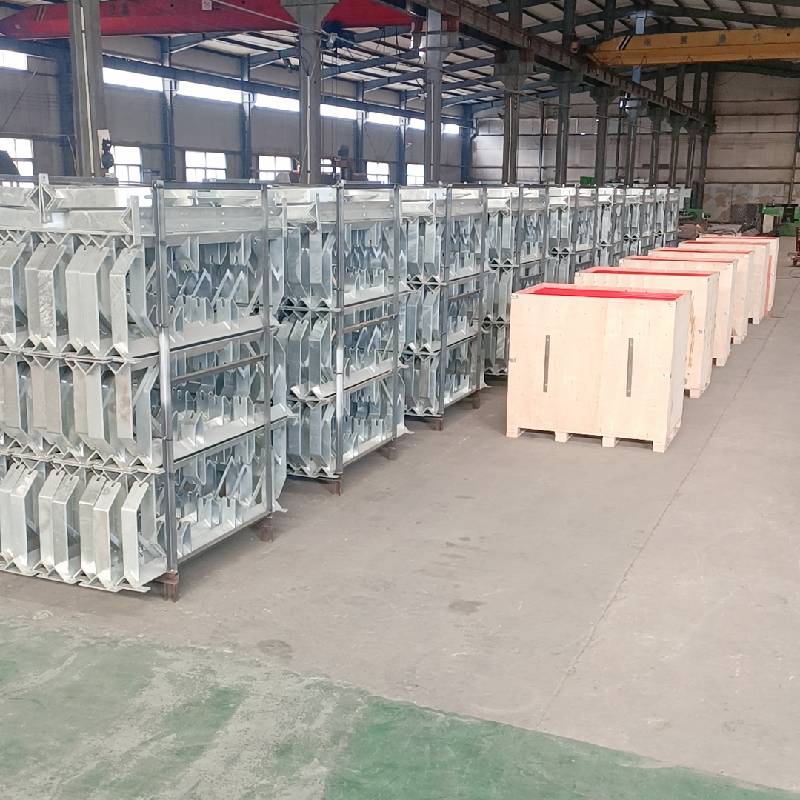 Afrikaans
Afrikaans  Albanian
Albanian  Amharic
Amharic  Arabic
Arabic  Armenian
Armenian  Azerbaijani
Azerbaijani  Basque
Basque  Belarusian
Belarusian  Bengali
Bengali  Bosnian
Bosnian  Bulgarian
Bulgarian  Catalan
Catalan  Cebuano
Cebuano  Corsican
Corsican  Croatian
Croatian  Czech
Czech  Danish
Danish  Dutch
Dutch  English
English  Esperanto
Esperanto  Estonian
Estonian  Finnish
Finnish  French
French  Frisian
Frisian  Galician
Galician  Georgian
Georgian  German
German  Greek
Greek  Gujarati
Gujarati  Haitian Creole
Haitian Creole  hausa
hausa  hawaiian
hawaiian  Hebrew
Hebrew  Hindi
Hindi  Miao
Miao  Hungarian
Hungarian  Icelandic
Icelandic  igbo
igbo  Indonesian
Indonesian  irish
irish  Italian
Italian  Japanese
Japanese  Javanese
Javanese  Kannada
Kannada  kazakh
kazakh  Khmer
Khmer  Rwandese
Rwandese  Korean
Korean  Kurdish
Kurdish  Kyrgyz
Kyrgyz  Lao
Lao  Latin
Latin  Latvian
Latvian  Lithuanian
Lithuanian  Luxembourgish
Luxembourgish  Macedonian
Macedonian  Malgashi
Malgashi  Malay
Malay  Malayalam
Malayalam  Maltese
Maltese  Maori
Maori  Marathi
Marathi  Mongolian
Mongolian  Myanmar
Myanmar  Nepali
Nepali  Norwegian
Norwegian  Norwegian
Norwegian  Occitan
Occitan  Pashto
Pashto  Persian
Persian  Polish
Polish  Portuguese
Portuguese  Punjabi
Punjabi  Romanian
Romanian  Russian
Russian  Samoan
Samoan  Scottish Gaelic
Scottish Gaelic  Serbian
Serbian  Sesotho
Sesotho  Shona
Shona  Sindhi
Sindhi  Sinhala
Sinhala  Slovak
Slovak  Slovenian
Slovenian  Somali
Somali  Spanish
Spanish  Sundanese
Sundanese  Swahili
Swahili  Swedish
Swedish  Tagalog
Tagalog  Tajik
Tajik  Tamil
Tamil  Tatar
Tatar  Telugu
Telugu  Thai
Thai  Turkish
Turkish  Turkmen
Turkmen  Ukrainian
Ukrainian  Urdu
Urdu  Uighur
Uighur  Uzbek
Uzbek  Vietnamese
Vietnamese  Welsh
Welsh  Bantu
Bantu  Yiddish
Yiddish  Yoruba
Yoruba  Zulu
Zulu Durable and Lightweight Solutions for Plastic Conveyor Components and Accessories
The Rise of Plastic Conveyor Parts in Modern Industry
In recent years, the industrial landscape has witnessed a significant transformation with the increasing adoption of plastic conveyor parts. Traditionally, conveyor systems relied heavily on metal components, resulting in heavier systems, higher energy consumption, and increased wear and tear. However, the emergence of plastic materials has opened up new avenues for efficiency, sustainability, and overall performance.
Advantages of Plastic Conveyor Parts
One of the primary reasons for the growing popularity of plastic conveyor parts is their lightweight nature. Plastic components reduce the overall weight of the conveyor system, allowing for easier installation and less strain on motors and other machinery. This lightweight property also translates into lower energy consumption, significantly reducing operational costs over time.
Furthermore, plastic conveyor parts are known for their remarkable resistance to corrosion and chemical degradation. Unlike metal, which can rust or corrode when exposed to harsh environments or chemicals, plastics maintain their integrity in diverse settings. This characteristic makes them ideal for industries such as food processing, pharmaceuticals, and chemicals, where exposure to moisture and aggressive substances is common.
Additionally, plastic conveyor parts exhibit a high degree of flexibility in design and manufacturing. Advances in polymer technology have allowed engineers to create customized components that are tailored to specific operational needs. This flexibility can lead to improved performance, as components can be designed for optimal interaction with products being transported, reducing the risk of damage and ensuring smooth operation.
Environmental Considerations
As industries increasingly focus on sustainability, plastic conveyor parts contribute positively to this trend
. Many modern plastics are engineered to be recyclable, which minimizes environmental impact once the components reach the end of their lifecycle. Moreover, the efficiency gains offered by lighter systems can result in significant reductions in energy consumption, aligning with global sustainability goals.The use of plastic conveyor parts also promotes improved hygiene standards, especially in sectors like food and beverage. They can be manufactured with smooth finishes that are less prone to harbor bacteria, making them easier to clean and maintain. Some plastics can even withstand high-temperature washdowns without degrading, further enhancing their suitability for such applications.
plastic conveyor parts

Challenges and Innovations
Despite these numerous advantages, the transition to plastic conveyor parts is not without challenges. Concerns regarding the longevity and durability of plastics compared to metals persist. However, ongoing innovations in material science are addressing these issues. Advanced composites and engineered plastics are emerging, combining the lightweight properties of plastic with enhanced strength and durability. This evolution in material technology is gradually dispelling myths about the limitations of plastic components.
Additionally, the initial cost of plastic conveyor parts can sometimes be higher than traditional metal components. However, when considering the long-term savings associated with reduced wear, maintenance costs, and energy consumption, many companies find that the investment is worthwhile.
Future Trends
Looking ahead, the trend toward automated and interconnected manufacturing environments is likely to further drive the adoption of plastic conveyor parts. As industries embrace Industry 4.0 principles, the demand for lightweight, efficient, and easily customizable conveyor systems will continue to grow. Innovations such as smart materials that can respond to environmental changes or integrate sensors for better monitoring and control are on the horizon.
Moreover, the expansion of the e-commerce sector is also fueling the need for efficient material handling solutions. As companies strive to meet the demands of rapid delivery, flexible and reliable conveyor systems will play a critical role, with plastic parts being a key contributor to achieving these objectives.
Conclusion
In conclusion, the rise of plastic conveyor parts marks a significant turning point in the evolution of industrial conveyor systems. Their lightweight nature, resistance to corrosion, design flexibility, and environmental benefits make them an attractive option for various industries. While challenges remain, ongoing innovations in material technology and a growing focus on sustainability will undoubtedly pave the way for more widespread adoption. As industries continue to evolve, plastic conveyor parts will be at the forefront of enhancing efficiency, reducing costs, and meeting the demands of a rapidly changing market.
-
Revolutionizing Conveyor Reliability with Advanced Rubber Lagging PulleysNewsJul.22,2025
-
Powering Precision and Durability with Expert Manufacturers of Conveyor ComponentsNewsJul.22,2025
-
Optimizing Conveyor Systems with Advanced Conveyor AccessoriesNewsJul.22,2025
-
Maximize Conveyor Efficiency with Quality Conveyor Idler PulleysNewsJul.22,2025
-
Future-Proof Your Conveyor System with High-Performance Polyurethane RollerNewsJul.22,2025
-
Driving Efficiency Forward with Quality Idlers and RollersNewsJul.22,2025





























